Broadly speaking, the term “insurance inspection” can apply to looking at the particulars of any item for which you desire obtaining insurance coverage. Since getting insurance coverage involves the transfer of risk from you to your insurer in exchange for a fee, that insurer may require a first-hand inspection of the item being insured to determine whether the proposed coverage is in its best interest. If underwriting a policy seems agreeable, they will then need to come up with a fair and accurate figure to charge for the premium fee. An inspection is normally needed to do this.
Insurance or Property Inspection
If you’re buying a home, it’s a good idea to hire a professional to conduct a property inspection. Also known as a home inspection, a property inspection is highly recommended in order to ensure that the property you’re considering buying is in the condition you believe it is, with no hidden defects or safety problems. Even if you put in an offer for a property, it should be contingent on the results of the inspection, with a clause allowing for cancellation of the offer if the results of the inspection are found to be unacceptable.
An insurance inspection of a property is different. This type of inspection is concerned with two major questions:
- What would be the replacement cost of the property if it were to be totally destroyed by a covered peril such as a house fire?
- What hazards or risk conditions exist that increase the chances of suffering a covered loss leading to a future claim?
A property insurance inspection is called for by your insurer, at their discretion, during the process of underwriting coverage for your home. While replacement value and potential risks are important parts of the inspection report, there’s a great deal more data generated from most of these inspections.
Levels of Property Inspections
There are various levels of inspections that may be available to your insurer, each of which will produce a different level of data for your insurer to be used during underwriting. For a brand new home that has just passed a battery of local inspections by the authorities having jurisdiction, a brief, cursory inspection may be all your insurer requires. This may simply consist of an address and occupancy type verification and photos of the property from all sides, including the rooftop. Other inspections may include:
- Exterior observation and photo inspection
- Exterior observation and measurement inspection
- High-value interior inspection
- 4-point inspection
During a full interior/exterior general inspection for insurance purposes, areas of the home generally included are:
- All interior structural components including walls, floors, ceilings, and stairs
- Exterior components including the roof, siding, gutters and downspouts, decks and porches, exterior structures, and any additional potential risk items such as swimming pools or tree houses
- HVAC, electrical, and plumbing systems
- All major appliances
- All windows and doors
- Insulation
- Fireplaces and heating stoves
Depending on the observations made by the inspector, other specific types of inspections not normally covered in a general inspection may be called for, including:
- Radon Testing – According to the Environmental Protection Agency (EPA), approximately one in fifteen homes in the U.S. have elevated radon levels. According to the US Surgeon General, radon is the second leading cause of lung cancer in America, second only to smoking.
- Inspection for Wood-Destroying Organisms (WDO) – which is commonly known as a termite inspection. If signs of active infestation such as shed termite wings or past infestation such as damaged wood are discovered, a termite inspection should be undertaken. A specialist may be required for this inspection. He or she should also check for wood-boring beetles, carpenter ants, and dry rot that’s been caused by fungi.
- Mold inspection – A thorough inspection may be needed if any indications of mold are detected. Mold may be hidden in walls and only noticeable by the smell. A moisture meter should be used to find if there’s dampness in insulation, drywall, or any other building materials, which can all lead to mold problems.
Take Advantage of This Free Inspection
Although a home inspection, for which you’ll have to pay, can tell you a great deal about your home’s condition and its risk (safety) profile, an insurance inspection, which is free to you, can provide a similar amount of information. Since your insurer is underwriting your home’s risk, they’ll want to gather as much information as they can regarding your home’s condition and risk profile. You can use this information to help improve your home’s condition and safety.
Insurance Risk Services does a thorough job of completing inspections for insurance companies and providing enlightening inspection reports. Contact your insurer for access to inspection follow-up information.


